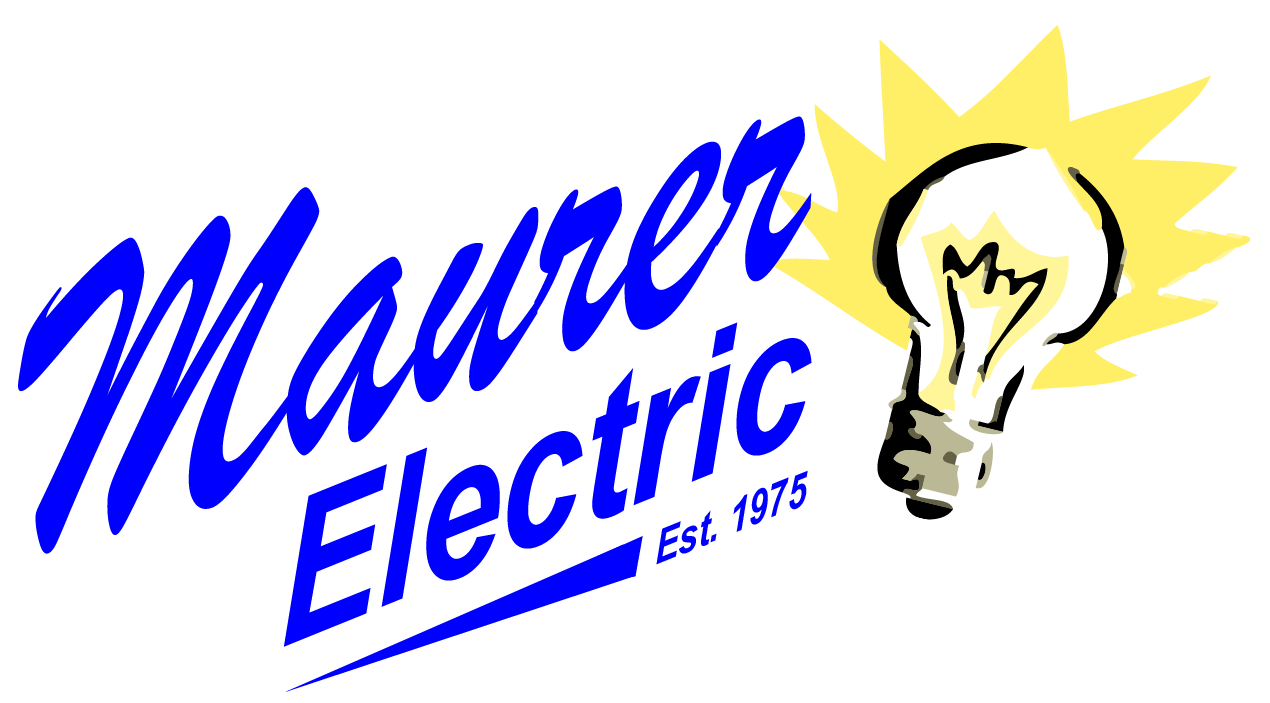Ah, yes, the breaker box. Many of us have stumbled to it in the dark and often wondered if we’re flipping the right switch or not. Whether we think about our home’s breaker box or not, it’s important to understand its significance. The breaker box, or service panel, receives the incoming power from the utility company and distributes it to each of the circuits that supply the various lights, outlets, appliances, and other devices throughout the house.
Inside your breaker box/panel are a number of different circuit breakers. The purpose of a circuit breaker is to trip or turn itself off, at a predetermined amperage load. For example, if a circuit breaker is rated at 20 amps, it has been designed and tested to allow up to and including 20 amps to flow through it, but nothing more. Once that limit is reached, the circuit breaker will trip, opening the circuit and shutting off the power.
If you’re still replacing fuses it may be time to upgrade. If things aren’t working as they should chances are there could be a number of reasons as to why, and it’s best to have your whole home’s electrical system evaluated. Give us a call for more information and we can discuss how we can help.
Signs You Need a Breaker/Service Panel Upgrade
Service panels are like your average home appliance, at some point in time they’ll become outdated. If your home was built more than 25 years ago, it is very possible that your breaker wasn’t made for the electronics and technology we depend on these days. Signs that it’s time to invest in a service panel upgrade include:
Circuit breakers are frequently tripping
Fuses keep blowing
Your home doesn’t have GFCI outlets where required
Rooms don’t have enough outlets
The panel is rusty or worn out
Running appliances causes lights to dim
Your outlets don’t take three-prong plugs
Your home Is over 25 years old
You’ve seen crumbling wiring in outlet boxes
Breaker Panel/Box Services & Upgrades
Breaker Panel Upgrades
New Circuit Installation
See Residential Services for more information about home rewiring and electrical system evaluations
